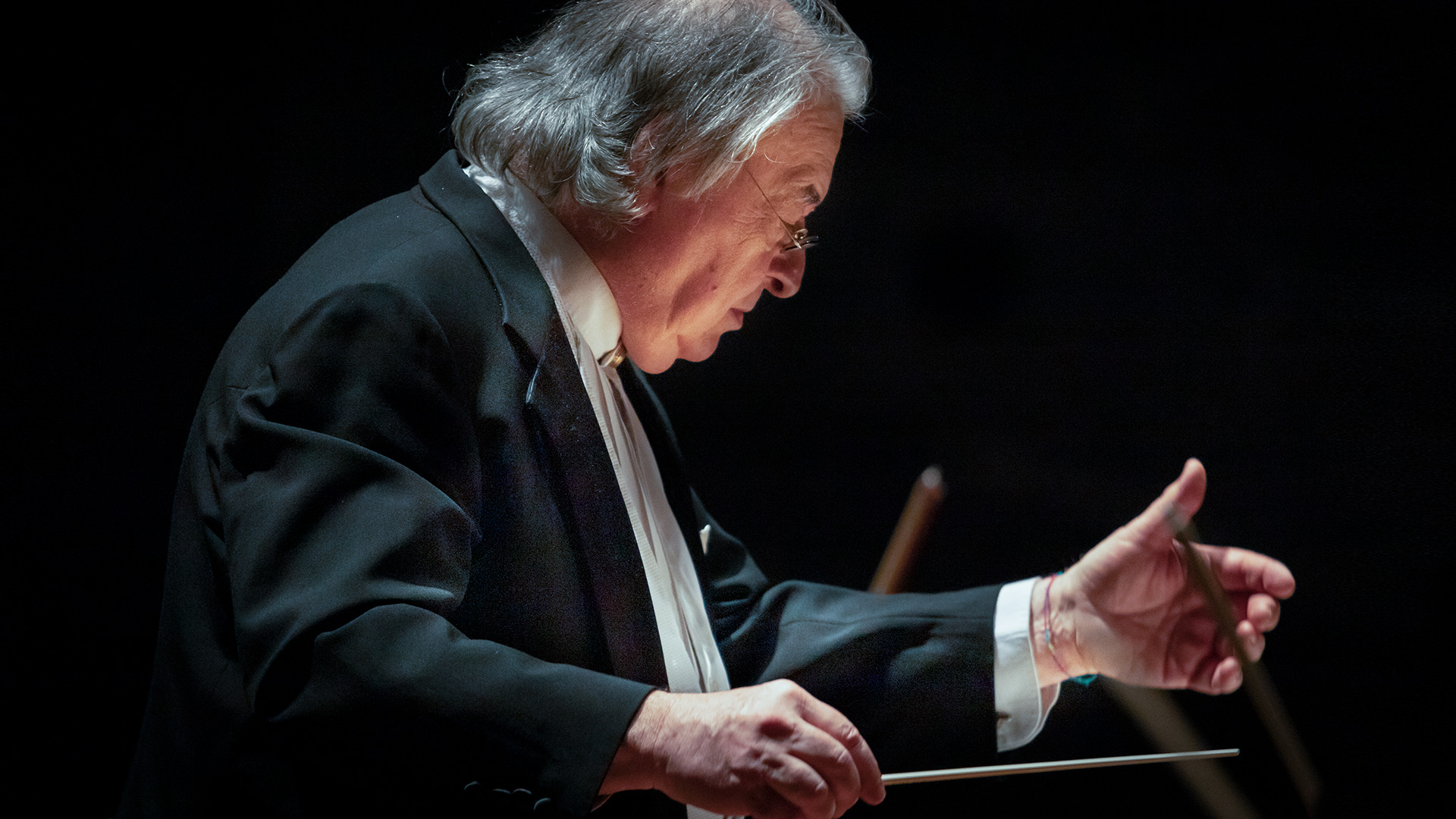SILVIA COLASANTI
Arianna e il Minotauro
a new version for actor, soprano and orchestra – world premiere
Commissioned by Fondazione Teatro Carlo Felice and GOG
CLAUDE DEBUSSY
Nocturnes L. 91, CD. 98
SERGEJ RACHMANINOV
Danze sinfoniche op. 45
Celebrating the 150th anniversary of Sergej Rachmaninov’s birth
(1873 – 1943)
Soprano
Irene Cerboncini
Actor
Pietro Fabbri
Conductor
Donato Renzetti
Opera Carlo Felice Genova Orchestra and Choir
Claudio Marino Moretti, Choirmaster
The program of Rachmaninov 150 kicks off with the absolute premiere of Arianna e il Minotauro in its new version for actor, soprano and orchestra by Silvia Colasanti – among the most influent composers of the contemorary Italian and European scene. La poetica di Colasanti si articola «tra gusto “materico” del suono, forte lirismo e ricchezza di registri», le sue composizioni vengono regolarmente eseguite dalle più importanti istituzioni musicali a livello internazionale. The introduction note to Arianna e il Minotauro says: «in Arianna e il Minotauro, with libretto by Giorgio Ferrara and René De Ceccatty, the usual dialectic between music and acted words characterizing traditional musical tradition of melologo intertwines with the singing, multiplying the further expressive possibilities. In such a melologo, the myth of a terrifying monster is transformed into a “human” drama: the brute strength of the Minotaur does not feature thought and the ability to tell good from evil, the awareness of their own feelings. Instead, there is only a confused and innocent feeling, rendering the monster a victim rather than an enemy, a naïve character living in the body of a grotesque being. The counterpart is man as a proper cruel, deceptive being capable of evil deeds and false friendship – here represented by Arianna, step-sister of the Minotaur as their common mother is Pasifae. […] The musical score is rich in contrasts telling the divided soul of of the Minotaur and its confusion: frequent and aggressive rhythmic ostinatos alternate with still and rarefied moments during which the Minotaur questions itself, dreaming of being a man. Music intertwines the protagonists’ vocal lines and becomes the same protagonist in some formal junctions of the action».
The symphonic triptyc for female choir and orchestra Nocturnes will follow. Such a work was composed by Claude Debussy between 1897 and 1899. Its premiere took place in 1901 in Paris. Nocturnes is a composition with original traits both on a harmonic- melodic and on a formal level. Debussy approaches the form of symphonic poem, though the only real program of reference is found in its title, suggesting evocative visions while maintaining a broad variety of interpretations. Each of the three nocturnes – Nuages, Fètes and Sirènes – proceeds following a distinctive, singular path unbound by necessities or predefined orientations. Debussy describes his own work inthe introductive note for Nocturnes: «The title Nocturnes acquires here a more general and ornamental meaning. It does not recall the usual form of the Nocturne, presenting instead impressions and lights of the very same nocturnal concept. Nuages: it is the timeless aspect of the sky with the slow and melancholic procession of the clouds, ending in a grey agony with tender white shades. Fétes: it is the movement, the dancing rhythm of the atmosphere with sudden flashes of light, but also the episode of a parade (a blinding and imaginary vision passing through life and blending together with it; nevertheless, the bottom line remains onstinate and celebrating its mix of music and luminous dust participating in an overall rhythm. Sirènes: the sea and its uncountable rhythm, among the moonlight-silvered waves, where the mysterious singing of the sirens echoes.».
The program concludes with the Symphonic dances op. 45 by Sergej Rachmaninov, composed in 1940. The Dances’ premiere was held in January 1941 in Philadelphia and they complete the composer’s catalogue right before his death two years later, in 1943. Rachmaninov structured such a piece as a symphony in three parts, of which the rhythmic component of each movement becomes the main reference for the the dancing music. The composer encloses many of the elements characterizing his style, such as the richness of the colour – with an wide ensemble of great expressive potential – the frequent recalling of themes from the Russian popular culture, at that time extremely dear to the composer as a refugee in the United States, besides Russian and European religious themes. The Symphonic Dances can be considered a proper artistic will of Rachmaninov, who wrote as a side note of the autographic score: «I thank you, Lord».
Ludovica Gelpi

